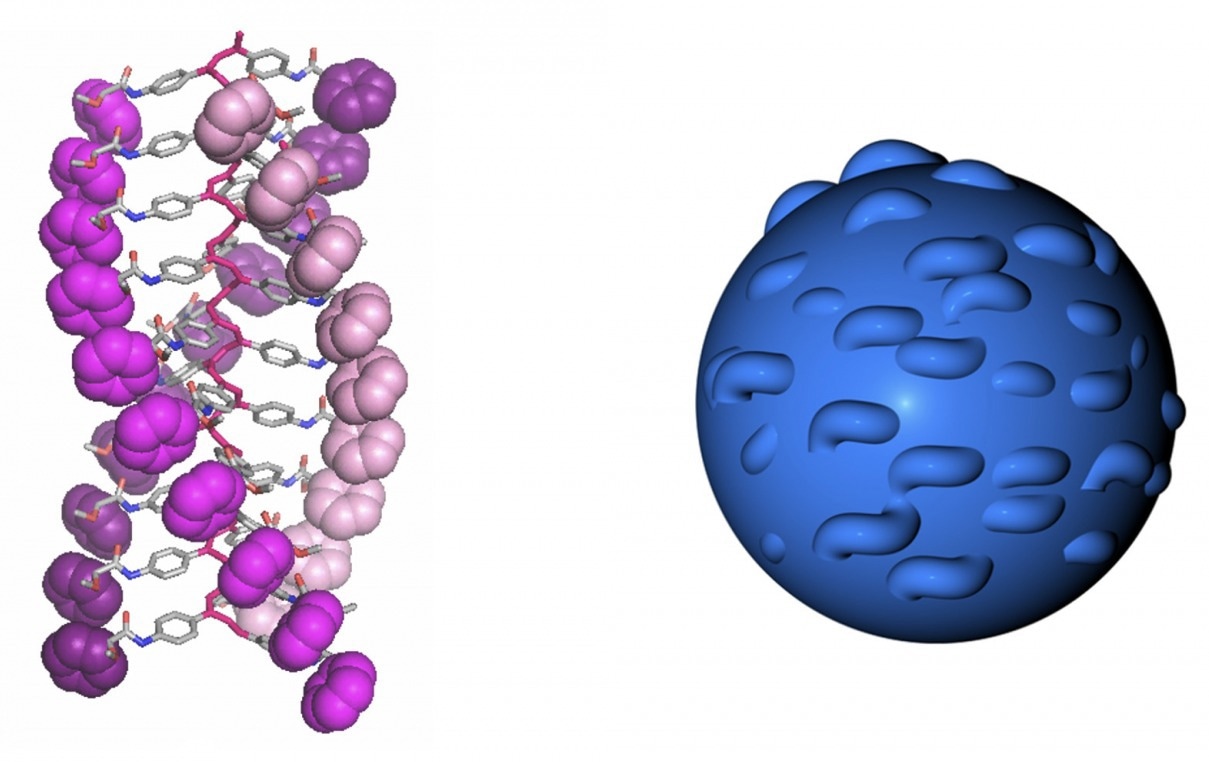In a recent study published in the journal Angewandte Chemie, scientists Emilio Quiñoá and Félix Freire from the Center for Research in Biological Chemistry and Molecular Materials developed new nanocarriers inspired by DNA and proteins. These tiny carriers can encapsulate drugs and release them in a controlled manner, utilizing light and the structure of the carrier itself.

Image Credit: The Center for Research in Biological Chemistry and Molecular Materials
These nanocarriers, inspired by nature's helical molecules like DNA and proteins, offer significant potential for targeted drug delivery and other biomedical applications.
In the study, the relationship between the structure of helical polymers and their self-assembly into nanospheres was explored. By designing the secondary chain, the researchers adjusted the acidity of the polymers, affecting their aggregation and resulting in nanospheres with different densities. Notably, the size of these nanospheres could be precisely controlled by altering the water-to-solvent ratio during preparation without the need for stabilizers. This eco-friendly method enables the sustainable synthesis of these particles.
The researchers also demonstrated the ability to control the release of encapsulated substances within these nanospheres using light. A photochemical reaction triggered the degradation of the polymers, releasing their cargo, which included tiny metallic and fluorescent particles. The chirality and folding of the helix were crucial in this process, with stretched helices showing slower photodegradation compared to compact ones. This feature is highly desirable for controlled drug delivery due to the potential for the gradual release of encapsulated substances.
The findings of this study represent a major advancement in understanding helical polymer behavior. By manipulating these parameters, the researchers anticipate numerous applications for these versatile compounds in biology and materials science. This breakthrough paves the way for developing next-generation nanocarriers with improved control over their properties and functions, promising new possibilities in targeted drug delivery, bioimaging, and nanomaterial design.
Journal Reference:
Martínez, N. M., et al. (2024) Size Control of Chiral Nanospheres Obtained via Nanoprecipitation of Helical Poly(phenylacetylene)s in the Absence of Surfactants. Angewandte Chemie. doi.org/10.1002/anie.202403313.